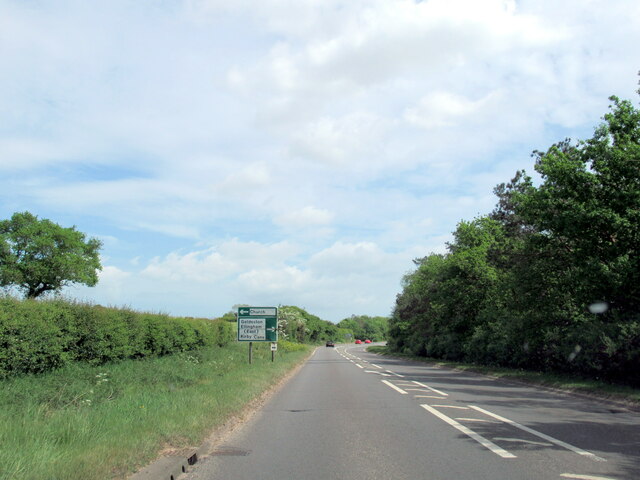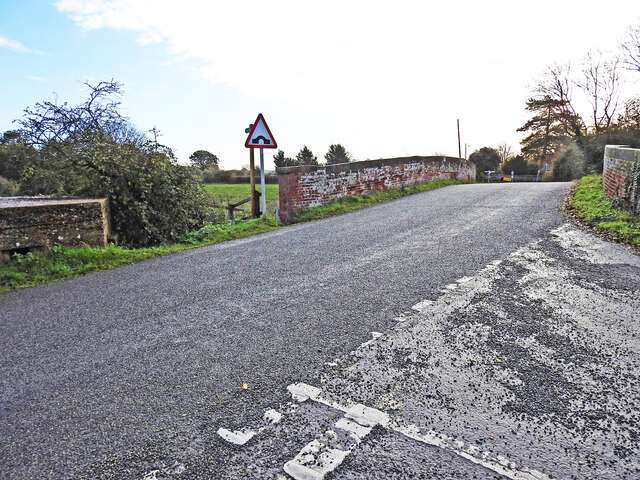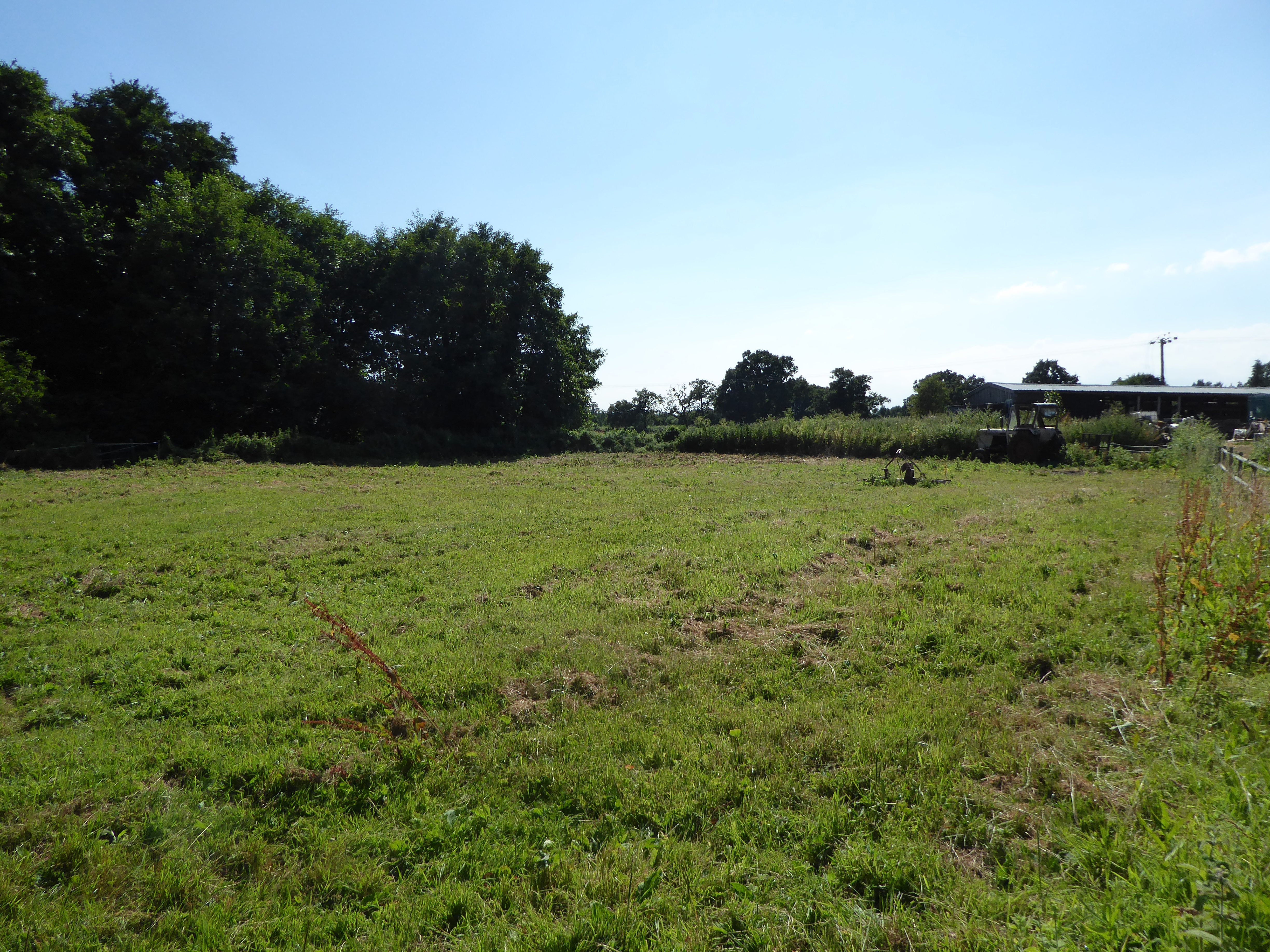Boon's Plantation
Wood, Forest in Norfolk South Norfolk
England
Boon's Plantation

Boon's Plantation, located in Norfolk County, Virginia, is a verdant expanse of land characterized by its dense woodlands and thriving forest cover. Stretching across an area of several hundred acres, the plantation boasts a diverse range of plant species, creating a haven for nature enthusiasts and environmentalists alike.
The plantation's forest is primarily composed of hardwood trees such as oak, maple, and hickory, which provide ample shade and create a picturesque landscape. Tall, majestic pines also dot the plantation, adding to the overall charm and natural beauty of the area. The forest floor is covered with a thick layer of leaf litter, fostering a rich and fertile soil that sustains a variety of understory plants and wildflowers.
Boon's Plantation is home to numerous wildlife species, including white-tailed deer, squirrels, rabbits, and a wide array of bird species. The dense forest cover provides abundant food and shelter for these animals, making it a thriving ecosystem. Birdwatchers can spot migratory birds as well as resident species within the plantation's boundaries.
In addition to its natural beauty, Boon's Plantation offers recreational opportunities for visitors. Hiking trails wind through the forest, allowing visitors to explore the plantation's scenic landscape and observe its diverse flora and fauna up close. The plantation also offers educational programs and guided tours for those interested in learning more about the local ecosystem and conservation efforts.
Overall, Boon's Plantation in Norfolk is a remarkable example of a well-preserved woodland area, providing a serene and captivating experience for nature lovers and serving as a valuable habitat for a wide range of plant and animal species.
If you have any feedback on the listing, please let us know in the comments section below.
Boon's Plantation Images
Images are sourced within 2km of 52.473987/1.5041254 or Grid Reference TM3892. Thanks to Geograph Open Source API. All images are credited.
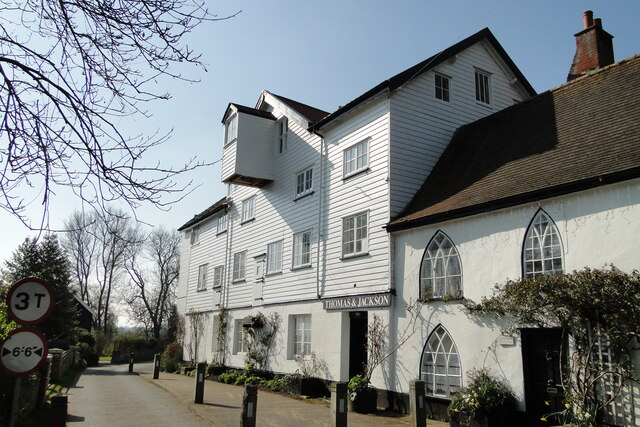


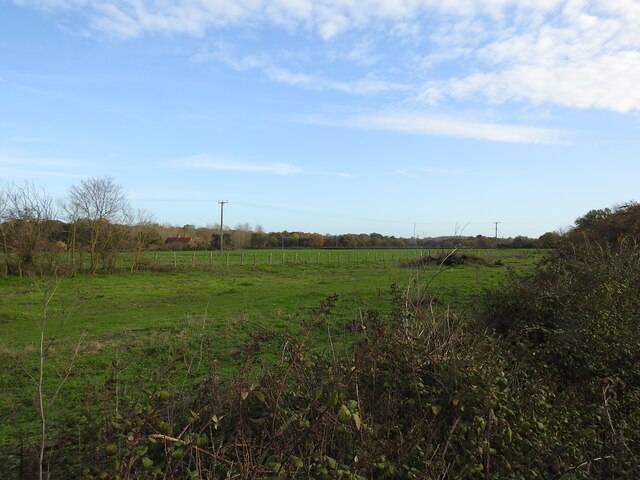
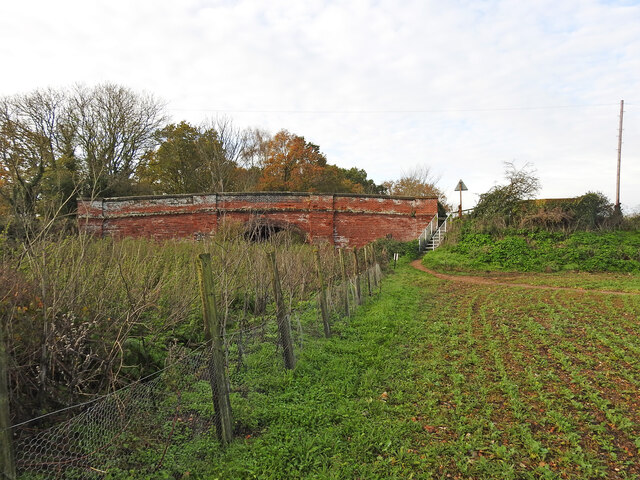

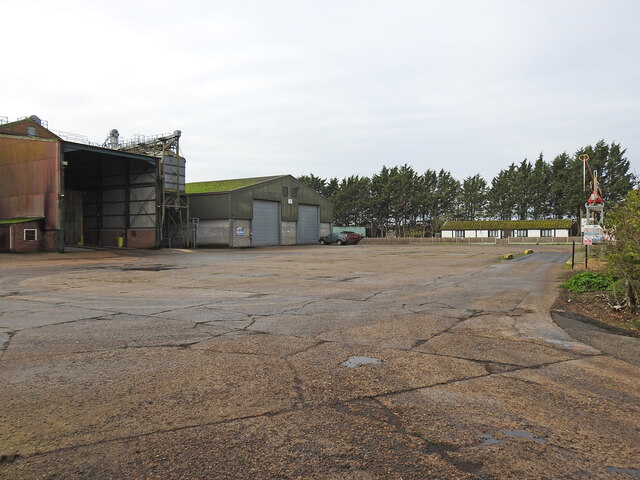
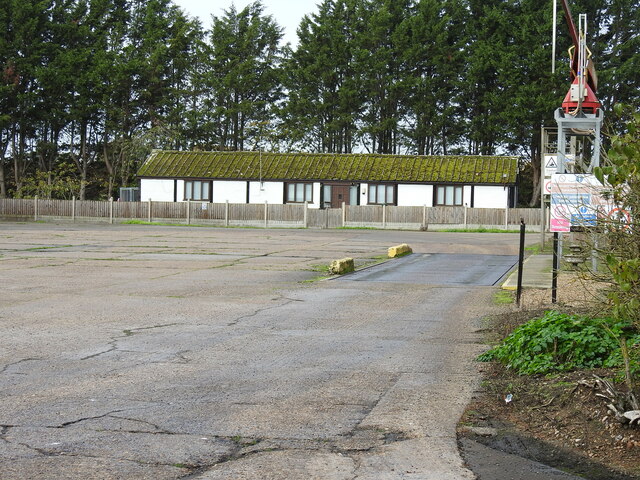
Boon's Plantation is located at Grid Ref: TM3892 (Lat: 52.473987, Lng: 1.5041254)
Administrative County: Norfolk
District: South Norfolk
Police Authority: Norfolk
What 3 Words
///bench.sonic.twisty. Near Ditchingham, Norfolk
Nearby Locations
Related Wikis
Geldeston railway station
Geldeston (also Geldeston Halt) was a station on the Waveney Valley Line serving the village of Geldeston, Norfolk. It was operational for passenger services...
Leet Hill, Kirby Cane
Leet Hill, Kirby Cane is a 6.5-hectare (16-acre) geological Site of Special Scientific Interest in Kirby Cane in Norfolk. It is a Geological Conservation...
Geldeston
Geldeston is a village and civil parish in the English county of Norfolk. The village is located 2.5 miles (4.0 km) north-west of Beccles and 14 miles...
Geldeston Meadows
Geldeston Meadows is a 14-hectare (35-acre) biological Site of Special Scientific Interest near Geldeston in Norfolk. It is part of the Broadland Ramsar...
Nearby Amenities
Located within 500m of 52.473987,1.5041254Have you been to Boon's Plantation?
Leave your review of Boon's Plantation below (or comments, questions and feedback).



